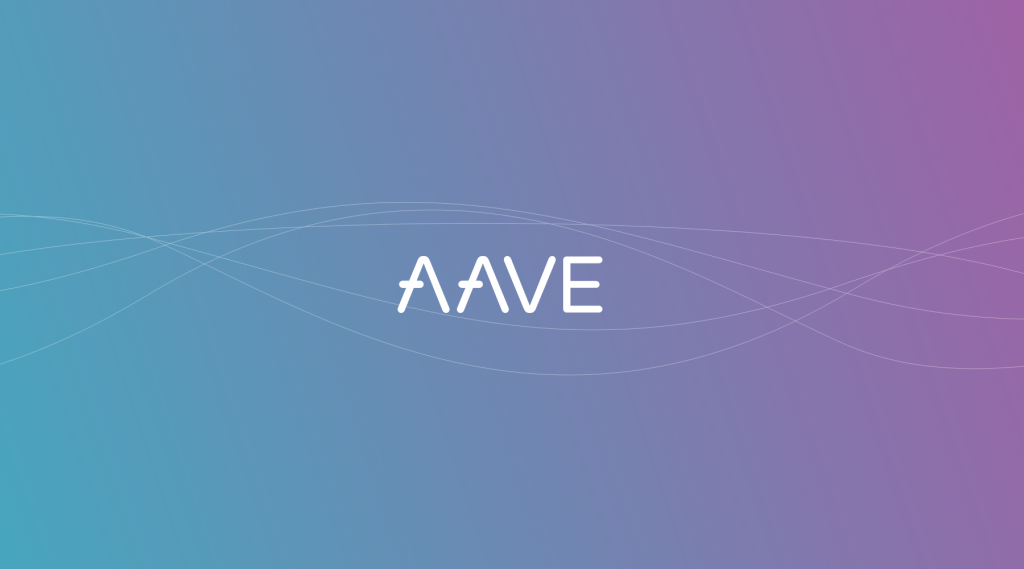Futures are financial contracts in which a seller commits to deliver a commodity or asset to a buyer at a predetermined date and price. In return, the buyer agrees to take delivery of the agreed commodity.
The buyer and seller are defined as follows:
- Buyer (long position)
Commits to buy the underlying asset at the agreed price on the specified future date. - Seller (short position)
Commits to deliver the underlying asset at the agreed price on the specified future date.
Key features of futures
Futures allow investors to control a larger position by requiring only a small portion of the total contract value to be deposited as collateral (initial margin). This introduces leverage and can increase both profits and losses. Because futures are linked to future asset prices, they are particularly susceptible to market fluctuations and volatile conditions. Traders can profit from price movements by betting on rising (long) or falling (short) prices.
Companies use these types of futures contracts to hedge against price fluctuations. Traders can also use futures speculatively to capitalise on expected price movements without owning the underlying asset. Various types of assets can be traded through futures contracts, including fiat currencies, equities, cryptocurrencies and commodities such as oil and precious metals.









